When you think of moths, you might think of brown or grey furry creatures with odd antennae and an unusual relationship with lightbulbs, but they're actually one of our most interesting and diverse residents, with around 2,500 species in the UK alone.
For the budding wildlife expert in your family, it can be surprisingly easy to study these spectacular insects with the right planning and, perhaps, a slightly later bedtime. What else are the holidays for?
This guide, created in partnership with , will help you and your child create night-time 'magnets' that will attract moths long enough for your child to take a picture and, hopefully, identify a species!
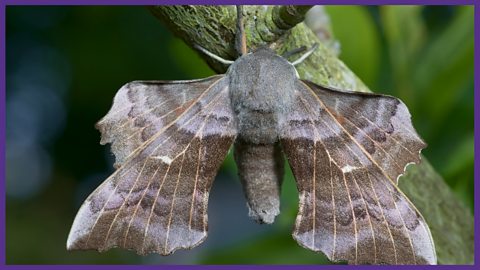

Make a moth magnet with lights
Anyone who has left the windows open on a stuffy night will know full well that moths love light, or seemingly soÔÇŽ
Moths are actually drawn to our light for a different reason - they have evolved to fly by what little light they'd get in the natural world and haven't quite caught onto the mass artificial light of the 21st Century, as a result, they become very over-stimulated by it. So that pesky moth butting against your outside lamp again and again is just a little confused!
You and your child can use this to your advantage and create a harmless magnet to meet the neighbourhood mothsÔÇŽ
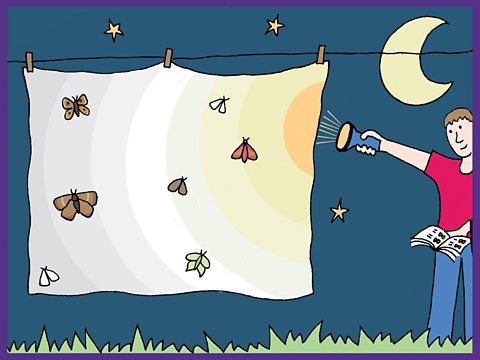
You will need
- White sheet
- Washing line or branch (somewhere to hang your sheet)
- Pegs
- Bright lamp or torches

Let's get started
Step 1
Peg your sheet up on a washing line, or find something to hang it on, like a tree branch.
Step 2
Turn off any nearby lights.
Step 3
Shine your torch/lights onto the sheet. If you have small enough torches, you could tie them to the line or branch. Now wait patiently!
Step 4
Come back to the sheet throughout the evening - with a bit of luck, any moths will be drawn to the lit sheet and over time will land to explore the new attraction.
Step 5
Help your child study and identify the moths that gather on the sheet.

Make a moth magnet with wine ropes
This recipe is particularly good at attracting moths (and other insects after a sugary treat).
You should take care of the early stages - heating the sugar and wine - but let your child choose where they think the strips would be best placed to attract the biggest and best moths of the local area.
You will need
Bottle of (cheap) red wine
1kg sugar
Saucepan
Some lengths of cloth
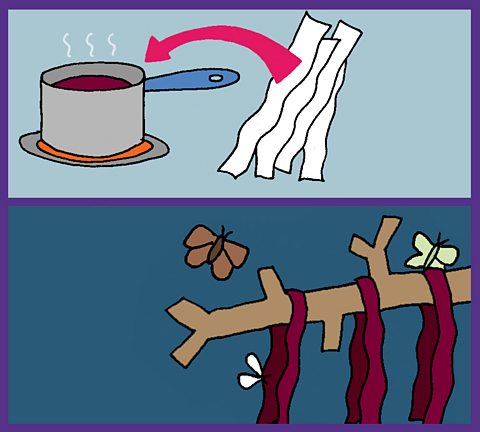
Let's get started
Step 1
This bit is for adults only. Mix the wine and the sugar in a saucepan and heat until the sugar is completely dissolved.
Step 2
Wait for it to cool, then soak lengths of cloth in the liquid.
Step 3
Hang the strips over a tree branch.
Step 4
Leave for a few hours and check together after dark. Moths love sugar, so fingers crossed, there'll be plenty of visitors for your child to study.


Download this moth-spotting sheet for your child so they can identify some of the moths that are attracted to your magnets
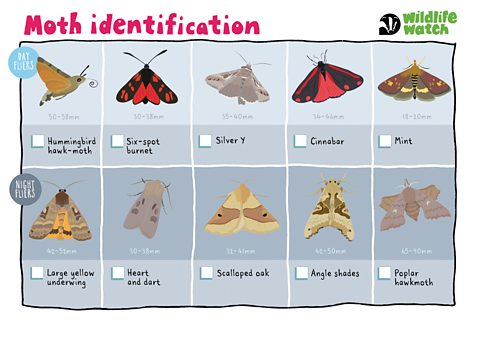

care for 2,300 nature reserves all over the UK, providing inspiration and education about the natural world. They also work with others to manage their land with nature. Their collection has plenty more nature activities for families to try.
Additionally, the RSPB runs the to help identify how our garden birds are doing each year.
Illustrations by Corinne Welch

More from ┬ÚÂ╣ď╝┼─ Bitesize Parents' ToolkitÔÇŽ
Parents' Toolkit
Fun activities, real-life stories, wellbeing support and loads of helpful advice - we're here for you and your child.

Personality quiz: Which minibeast are you?
"Am I a worm or a woodlouse?" If you've ever asked yourself this question, this is the quiz for you.

Megan McCubbin: How to spot UK wildlife this summer
Springwatch presenter and zoologist Megan McCubbin has advice for families to discover the amazing wildlife that call this country home.

Quiz: Learn to spot UK birds using their songs
Help your child learn how to identify British garden and woodland birds from their songs and appearance.
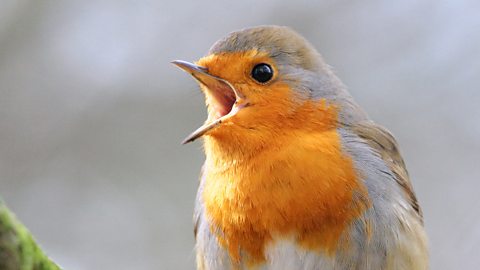
How to spot bats in the UK
Where to find them, how to spot them and some bat facts to wow the kids!
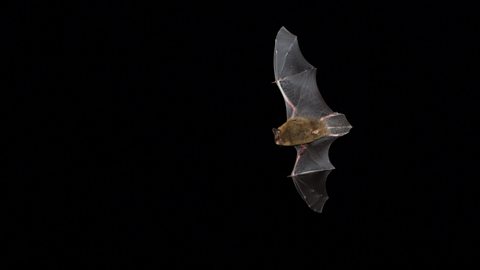
Quiz: Can you identify a tree by its leaves?
Do you know your oak from your yew? Turn over a new leaf and learn about trees!
